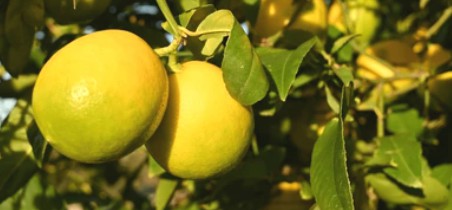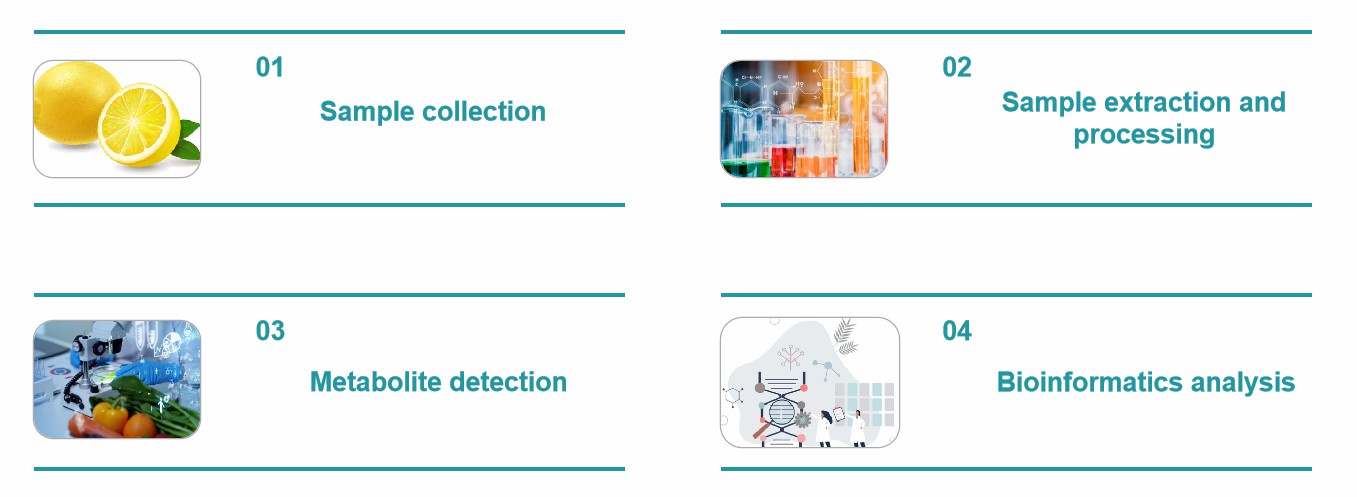Organic acids (OA) are a class of highly acidic organic substances that exist in nature as salts, esters, or free forms. The quantitative analysis of organic acids is essential for ensuring the quality of fruit and vegetable products and studying biological metabolic pathways. Lifeasible provides comprehensive targeted metabolism services for agricultural research, especially in the quantitative analysis of organic acids, and this assay plays an essential role in helping researchers accurately quantify organic acids in fruit and vegetable tissues, microbial fermentation broths, and soils.

High-performance liquid chromatography (HPLC) is a commonly used method for quantification of organic acids in fruits and vegetables. This method takes advantage of the fact that organic acids are readily soluble in water, alcohols, and dyes. It extracts the organic acids through these solvents, then separates them using a chromatographic column and analyzes them quantitatively by a UV detector. The quantification of organic acids performed by HPLC release is characterized by high sensitivity and separation, and it is suitable for determining organic acids in a wide range of fruits, vegetables, and their products.
Quantification of organic acids in strains can be achieved by monitoring changes in pH during fermentation. This method utilizes the characteristics of pH changes during organic acid production and combines pH indicators and high-throughput techniques to establish a screening method. We carried out initial screening of the strains to be screened in the medium containing specific pH indicators and selected the strains with larger color change circles for fermentation verification, using this method to screen strains with high organic acid production quickly.
The quantification of organic acids in soil usually adopts the acid-base titration method, the principle of which is to use an acid-base neutralization reaction to determine the content of organic acids. The main sources of soil organic acids include plant residues, root excretions, and microbial metabolites, which can provide energy and nutrients to the soil. Commonly used instruments for organic acid determination include UV-Vis spectrophotometer and pH meter, etc. The organic acid content is calculated by measuring the spectral absorption value and pH value of the samples.
In addition, we also use chromatography-mass spectrometry to quantify organic acids, which is used to more accurately identify and analyze the components of different types of organic acids.
 Fig.2 Our service process. (Lifeasible)
Fig.2 Our service process. (Lifeasible)
Lifeasible is committed to providing high-quality quantitative organic acid analysis services to help our clients' biological projects. If you are interested, please feel free to contact us.